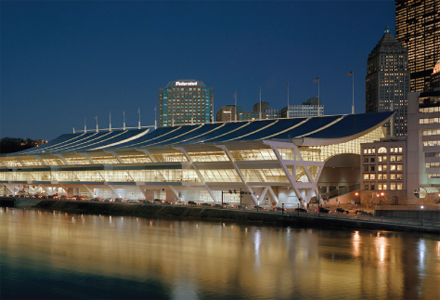
Geometric algorithms detect whether a seat is vacant or occupied. If the setting on the HOT lane transponder doesn’t match with the number of occupants, the system will take a snapshot of the vehicle’s license plate and alert law enforcement to the violator.
To ensure driver privacy, facial images are redacted. Law enforcement and court personnel can view the unredacted photos with appropriate authorization.
Xerox debuted the system at ITS World Congress in Detroit, and during the past year has run successful pilot programs in Halifax, Nova Scotia; Orange County and San Diego, California; Denver, Colorado; and a border crossing between France and Switzerland. Xerox expects the first commercial deployment of the system within the next 6 months.
At the ITS America Annual Meeting, Xerox also sponsored the Entrepreneurial Village, which enables start-ups to continue changing the face of transportation.





